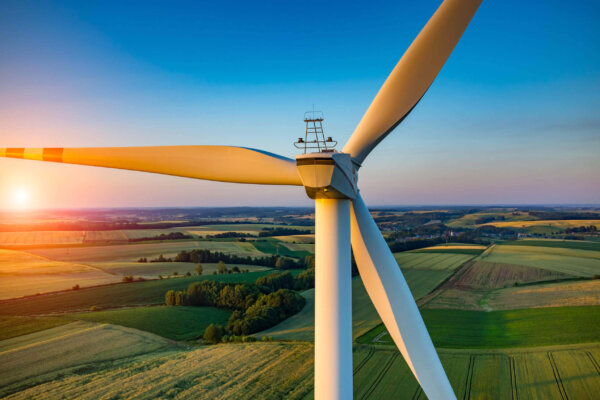For decades now, the task of balancing our electricity network has been supported by large businesses. Through services like Short Term Operating Reserve (STOR) and peak avoidance, businesses have contributed to resolving any mismatch between demand and supply, supporting National Grid in avoiding potentially disruptive balancing events.
But as we transition to a low carbon energy system and balancing the system becomes increasingly complex, it’s time to rethink demand response. We are no longer dealing with a linear generator-to-consumer model built around dispatchable, fossil fuel-powered generation. Now our generators are ‘greener’, but they’re also more distributed, more intermittent and less dispatchable. And with a wave of electric vehicles and heat pumps set to connect to the system over the coming years, the shape, volume and variability of electricity demand will grow significantly, putting extra pressure on the system.
This means that system operators will become increasingly reliant on flexibility to ensure demand can match supply. In fact, The Carbon Trust1 recently suggested that in order to operate an efficient net zero energy system by 2050, 11GW of flexible demand will be needed from commercial users, 12GW from smart assets, and 48GW from electric vehicles.
It’s clear that demand flexibility is critical to an efficient net zero energy system, so why aren’t more businesses being helped and encouraged to participate? While the tools and mechanisms have been developing to meet those needs, the investment now must go into developing consumer-based flexibility products with real appeal.


